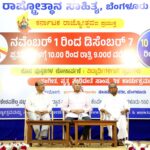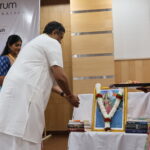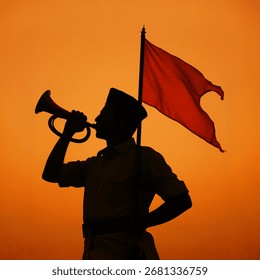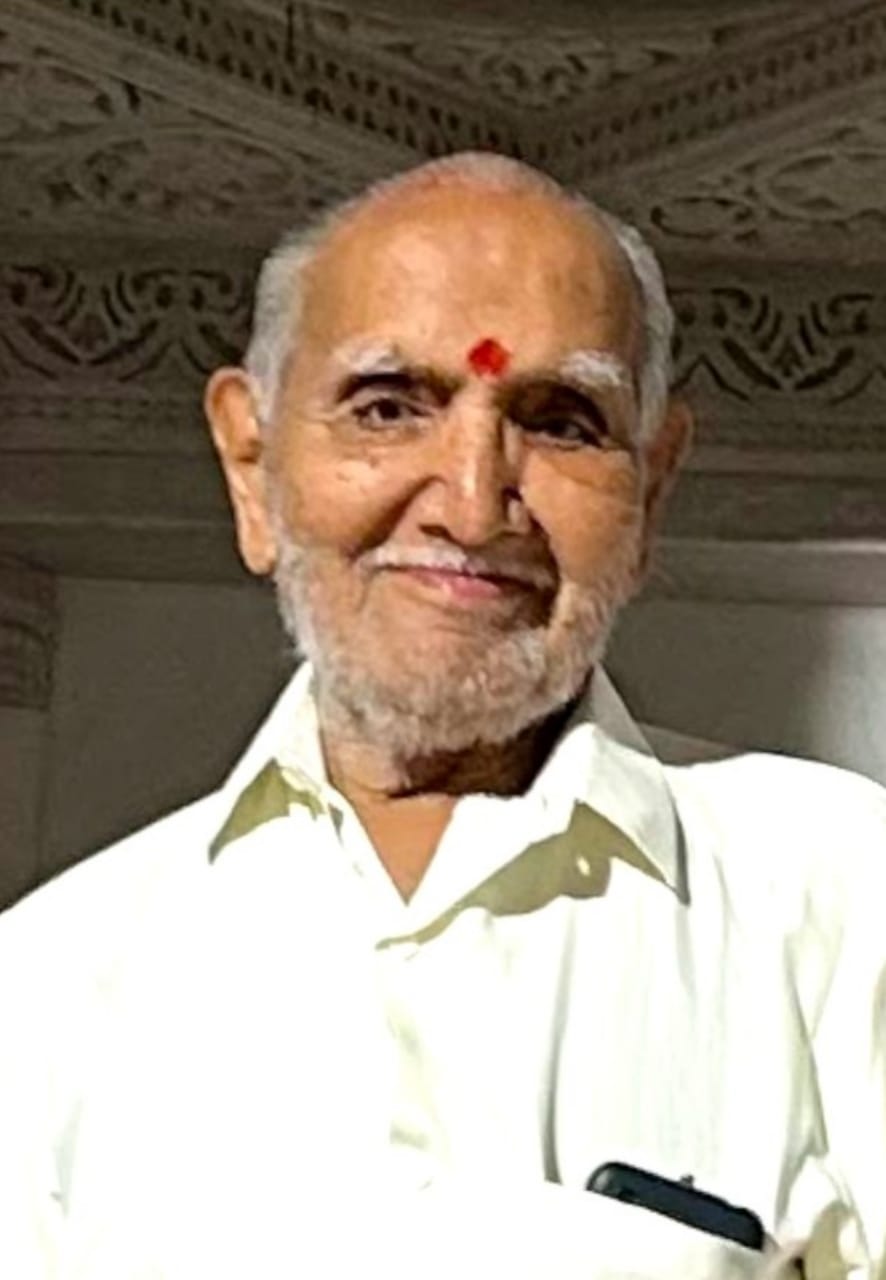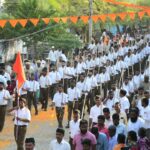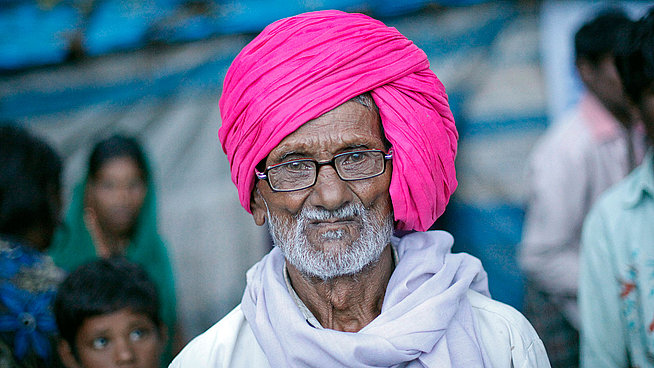
According to the latest life expectancy data — to be released by the Registrar General of India this week after a gap of almost five years — the LE of a rural Indian increased by 2.2 years between 2002 and 2008. However, the LE of an urban Indian was up by just 1.2 years over the same period.
Interestingly, an urban female lived 4.9 years longer than a rural female and 7.9 years longer than a rural male.
A woman living in rural Kerala had the highest LE at birth across all categories at 77.2 years. In contrast, LE at birth was lowest at below 60 years for a rural male in Madhya Pradesh. Rural males also lived longest in Kerala at 71.2 years, which was 7.7 years longer than the average rural Indian male.
Kerala’s rural female LE of 77.2 years was also 10.7 years more than the average rural female LE in the country.
Interestingly, women seem to have a longer life span than their male counterparts in most of the major states.
In West Bengal and Rajasthan, for example, women lived 3.6 years longer than their male counterparts in 2008.
In Tamil Nadu, women lived 3.8 years longer, while in Punjab it was 4.2 years, Maharashtra (4 years), Haryana (2.5 years), Gujarat (4.1 years), Himachal Pradesh (4.7 years), Karnataka (4.8 years) and Kerala (5.4 years).
When it comes to urban males, Himachal Pradesh took the top spot with an average man living till 72.6 years at 4.6 years longer than an average urban Indian male.
An urban female was living longest in Kerala – 76.4 years, which was five years longer than an average urban Indian female.
Deputy registrar general Bhaskar Mishra said, “LE of an average Indian is improving by the year. What is most interesting is the widening gap between LE of an Indian male and a female which is a trend similar to developed countries. This may be because of the rapid bridging of the gap in child mortality between males and females. The previous data on LE came out in 2007.”
So what are the main reasons for Indians living longer now than a decade ago?
Experts say that the three big reasons for LE to have increased are better food supply and nutrition, healthier lifestyle and better hygiene.
“More people are interested in the nutritional content of the food they eat and plan their diet accordingly. People are consciously making better lifestyle choices that reduce chances or delay the risk of developing diseases. People wash their hands more often that reduces infection rate,” a health ministry official said.
In terms of the highest increase of LE between 2002 and 2008, the top five states were Assam and MP (3.1 years), J&K (2.8 years), Odisha (2.6 years), Maharashtra and Rajasthan (2.4 years). The lowest increase in LE in the same period was in Himachal (0.5 years) and Haryana (0.9 years). Between 2000 and 2004, the overall life expectancy of an average Indian stood at 63.9 years. Between 2006 and 2010, it increased to 66.1 years. In men, it increased from 62.8 years in 2000-04 to 64.6 years in 2006-10. Among women, it increased from 65.2 years to 67.7 years during the same period. In rural India, it increased from 62.7 years to 64.9 years (up by 2.2 years). However in urban India, it increased from 68.4 years to 69.6 years during the same period.
Between 2006 and 2010, men were living the longest in Kerala (71.5), Jammu & Kashmir (69.2), Maharashtra (67.9), Himachal Pradesh (67.7), Punjab and West Bengal (67.4) and Tamil Nadu (67.1). LE among males was lowest in Assam (61).
When it came to females, Kerala once again took the top spot with the average LE between 2006 and 2010 at 76.9 years, followed by Himachal Pradesh (72.4), Maharashtra (71.9), Punjab (71.6) and J&K (71.1). Assam was once again at the bottom of the ladder with an average woman expected to live till just 63.2 years.
According to the World Health Organization’s health statistics 2011, the global average life expectancy at birth stood at 68 years in 2009 — an increase by two years since 2000. WHO said since 1990, LE has increased globally by 4 years (both sexes). However, during the 1990s, it stagnated in Europe and decreased in Africa.

